Subscriber Benefit
As a subscriber you can listen to articles at work, in the car, or while you work out. Subscribe Now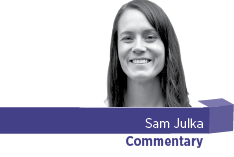 Every good leader knows this truth: Innovate or die. But the word “innovation” can be, at best, annoying, and, at worst, terrifying. What the hell does it actually mean to be “innovative”? To me, innovation means being intentionally creative, producing something new that is useful to other people, solving a problem they either did or did not know they had.
Every good leader knows this truth: Innovate or die. But the word “innovation” can be, at best, annoying, and, at worst, terrifying. What the hell does it actually mean to be “innovative”? To me, innovation means being intentionally creative, producing something new that is useful to other people, solving a problem they either did or did not know they had.
But first, employees have to be comfortable believing they can be and are creative.
As the founder of Doris Research, a workplace research firm that uses design thinking to solve challenges, I’ve spent my career working with organizations to identify how to create the best possible environment for their people, an environment that encourages them to find their own innovation and creativity. These environments have to be a combination of tangible, physical workplace elements and intangible cultural elements that value and reward generative thinking.
Below are six ways companies can spur creativity—some of the most common threads we’ve discovered from years of empowering leaders to create effective workplaces for their unique workflow.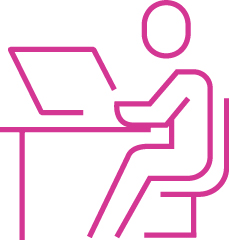
1. Give your people autonomy and flexibility.
Give people the ability to figure out how they work best. Is it at an assigned desk, a focus room, a cafe table? No one should be tied to the same chair they were assigned on day one. Open up the possibility for new perspectives and empower individuals to find their best possible workflow.
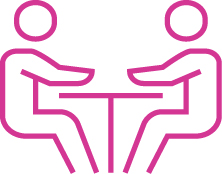 2. Work near the people you need.
2. Work near the people you need.
Assigning someone a spot, then never reconsidering how that person’s job or team changes, is a mistake. In fact, not letting people think about that on a regular basis is a mistake. Figure out a way to let people move around as they need to be near the people who enable their best work—even if it’s just sitting near a colleague who makes them laugh. Finding what we need to feel less defensive or isolated allows new ideas to thrive. We know it can be hard on leadership or facilities to continually wonder where people are, but ultimately, this is a win for the business.
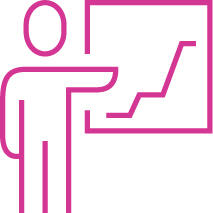 3. House projects in specific spaces.
3. House projects in specific spaces.
More and more companies center around project work—anything that has a timeline and goals that multiple people work on together. The most effective companies design their space with this in mind. They create space for project work, whether that means a whiteboard wall or a designated room, and they give their people the assets they need to successfully move in and out of projects. This allows their talent to have a physical space where that project lives. Project spaces can be the manifestation of a focused mind-set, fostering unique creative thinking and encouraging efficiency.
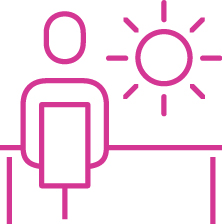 4. Amplify natural light.
4. Amplify natural light.
This is an easy one, and yet it often gets overlooked. We know natural light greatly contributes to workplace satisfaction and overall happiness. However, it’s one of the most common challenges we see in workplaces—we constantly hear people talk about how they can’t see daylight. Give your people light, and watch them bloom.
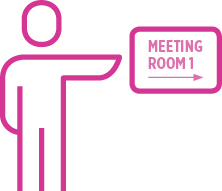 5. Find a way for wayfinding.
5. Find a way for wayfinding.
Nothing annoys people more than not being able to find a colleague. As we make workplaces more flexible, we still need to figure out ways that enable colleagues to find one another. Technology can play a huge role in this, along with simple strategies like using distinct, memorable names for different locations in the office.
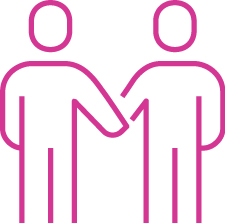 6. Workplace etiquette by the people, for the people.
6. Workplace etiquette by the people, for the people.
Knowing behavior expectations, and how the workplace should be used, can be sticky. Allowing your employees to develop etiquette guidelines, as opposed to enforcing rules created by a manager, gives people ownership over their space. Empowering people to control their own environment lessens stress and opens minds to start thinking about what else they can create or change.•
__________
Julka is founder of Indianapolis-based Doris Research, which uses design thinking to organize workspaces.
Please enable JavaScript to view this content.
